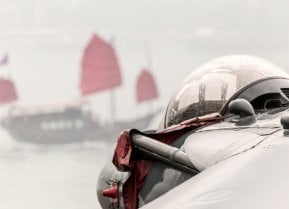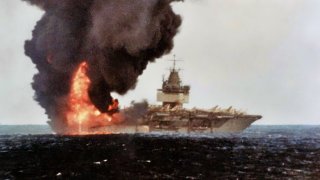‘Sir, the Carrier Is Ablaze’: Navy Aircraft Carrier Was Nearly Sunk By Its Own Bombs
On January 14, 1969, the USS Enterprise experienced a catastrophic fire off the coast of Oahu, Hawaii, after a Zuni rocket accidentally detonated on its flight deck. The explosion triggered a chain reaction of fires, resulting in 28 deaths, 314 injuries, and the destruction of 15 aircraft.
Summary and Key Points: On January 14, 1969, the USS Enterprise experienced a catastrophic fire off the coast of Oahu, Hawaii, after a Zuni rocket accidentally detonated on its flight deck. The explosion triggered a chain reaction of fires, resulting in 28 deaths, 314 injuries, and the destruction of 15 aircraft.
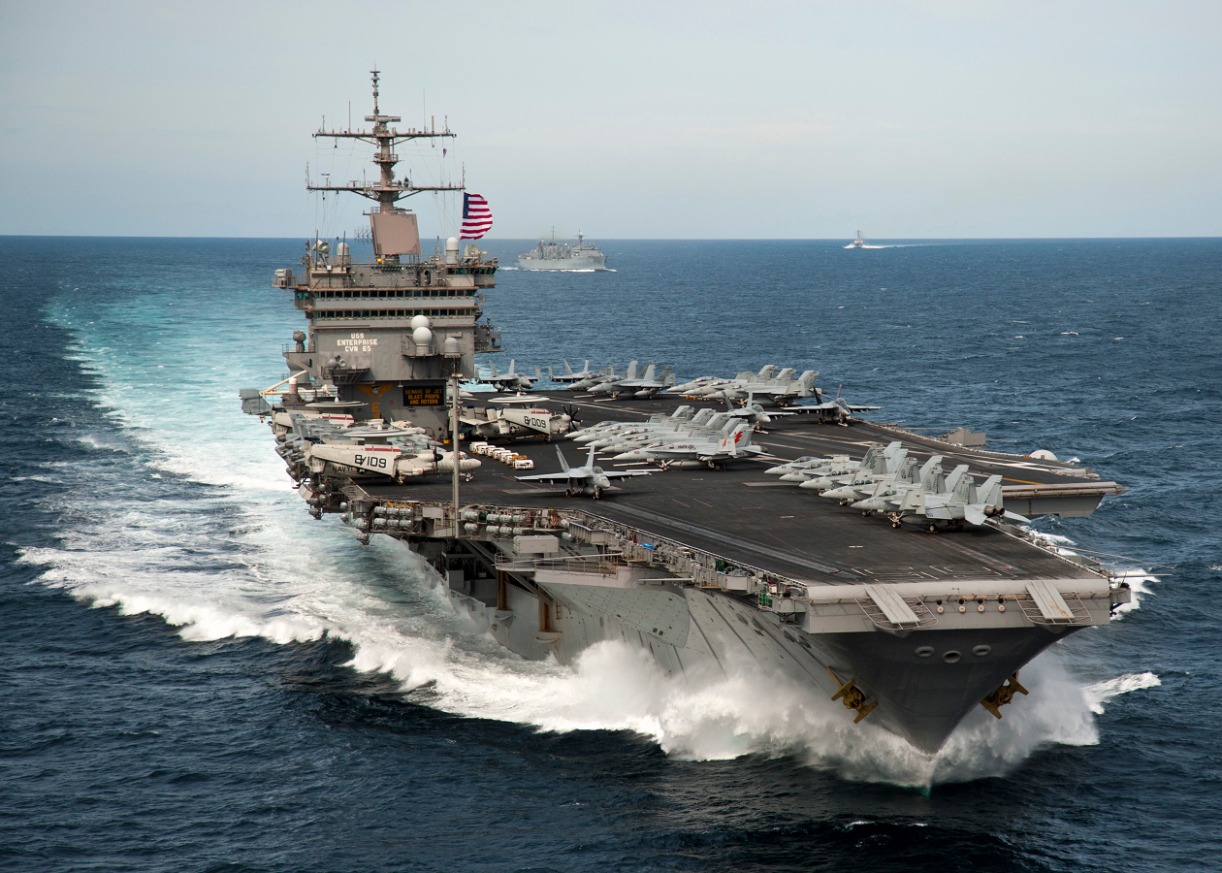
-The incident highlighted significant shortcomings in damage control and firefighting procedures aboard aircraft carriers. The lessons learned from this disaster led to critical improvements in safety protocols across the U.S. Navy.
-These changes have helped enhance the preparedness of modern carriers against potential threats, including those posed by anti-ship ballistic missiles.
USS Enterprise Fire: The Tragic 1969 Incident That Changed Naval Safety
On January 14, 1969, the USS Enterprise, a US Navy aircraft carrier, was cruising off the coast of Oahu, Hawaii, when the flight deck lit up like a beach bonfire. The conflagration was unplanned and was caused by the accidental detonation of a Zuni rocket beneath the wing of one of the carrier’s warplanes.
The rocket’s detonation on the flight deck triggered a chain reaction of explosions and fires.
At first, the Zuni rocket’s explosion blasted a hole clean through the flight deck which, in turn, allowed burning jet fuel to enter the ship and spread to the other compartments below.
The Zuni Rocket
America’s Navy was still figuring out how to safely run aircraft carriers, even by 1969. The science behind the proper management of flat tops was in its adolescence (after the fleet’s baptism by fire in the Pacific Theater of the Second World War). Thus, the Enterprise’s wretched experience with a Zuni rocket misfiring was another trial-by-fire for the Navy’s aircraft carrier force—literally, in this case.
The Zuni rocket had a length of about 54 inches and weighed around 125 pounds. A Zuni rocket was neither the biggest nor heaviest rocket in the US Navy’s arsenal at the time. But, clearly, this versatile weapon packed quite a wallop—as the flight deck (and those on it) experienced firsthand on the night of 14 January 1969.
Possessing a high-explosive warhead, which can be armed with either proximity fuse or a contact fuse, the Zuni is a force to be reckoned with. The proximity fuse allowed the rocket to explode near its target, while the contact fuse required a direct hit.
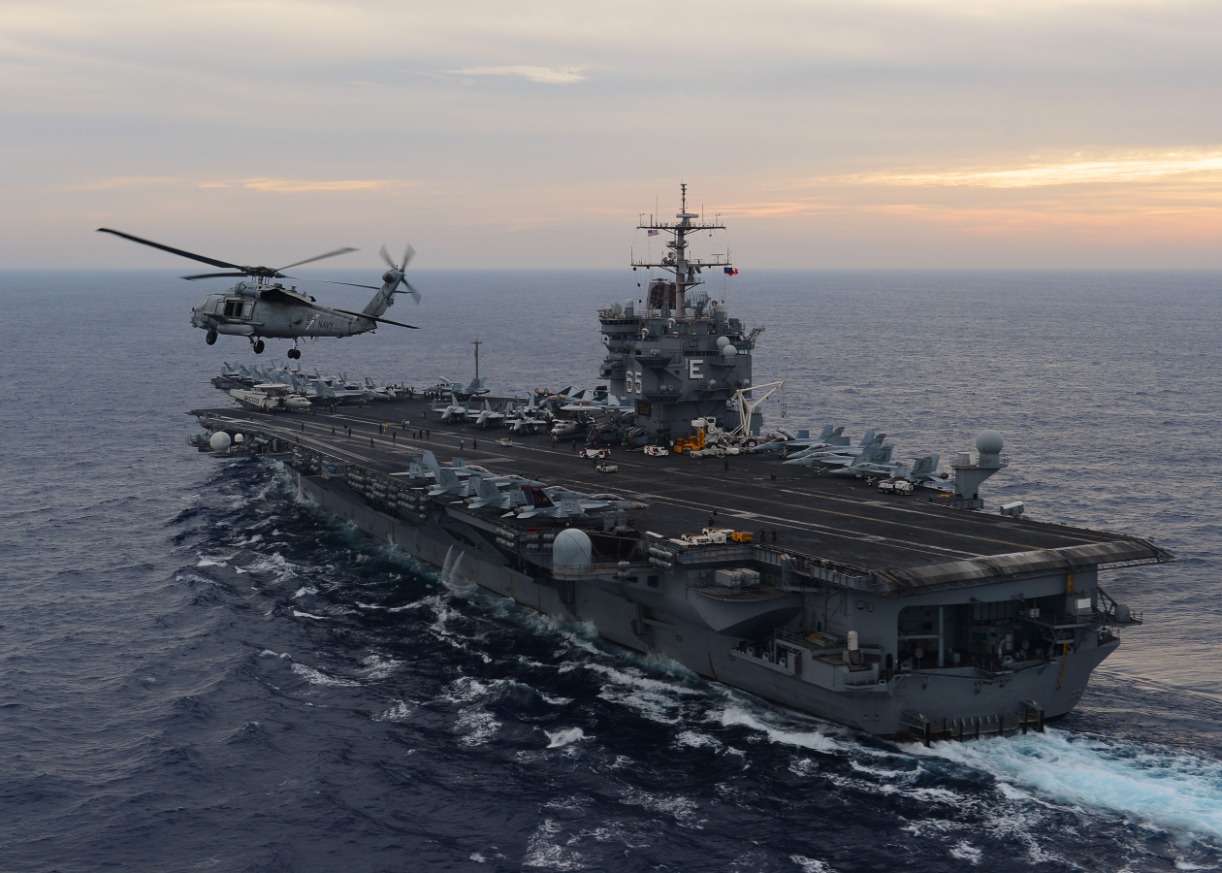
A Zuni rocket was equipped with a solid-propellant motor that provided high thrust-to-weight ratio. Because of this, the Zuni was able to reach speeds of Mach 2.5 (about 1,900 miles per hour) when fired. For the record, that is faster than a commercial jet airliner.
In any case, the warhead was designed to cause maximum damage to enemy targets. The Zuni has served the US Navy extremely well.
But in the case of the incident on the USS Enterprise, it was one of the worst explosions an American aircraft carrier had endured since WWII.
The Details of the Fire Aircraft Carrier fire Aboard USS Enterprise
The fire onboard the Enterprise killed 28 brave sailors and injured another 314. The damage to the legendary boat was extensive, with the fire destroying 15 aircraft and causing significant structural damage to the ship. Despite the severity of the disaster, the crew’s firefighting efforts were largely successful in containing the first and preventing that fire from spreading to the ammunition storage areas.
Had that occurred, the Enterprise might have vaporized itself.
This ship-wide fire led to significant changes in the US Navy’s damage control and firefighting procedures. The incident highlighted the importance of proper training and equipment for firefighting, as well as the need for better communication and coordination between different departments during emergencies.
Lessons learned from this disaster, as happened after the infamous fire aboard the USS Forestall, were applied to improve safe and preparedness on other ships.
Lessons Learned for Today for Aircraft Carriers
In fact, the lessons learned may prove invaluable for today’s carrier force, as the US Navy’s aircraft fleet is threatened by anti-ship ballistic missiles and wider anti-access/area-denial (A2/AD) capabilities that China, Russia, and even some lesser foes, such as the Houthis, have proven a willingness to deploy in response to the presence of US aircraft carriers.
These systems have the ability to blast apart a targeted carrier’s flight deck, causing much of the same kind of damage that the crew of the Enterprise experienced all those years ago. Such an attack could also destroy a targeted carrier—even one as advanced as America’s newest flat top, the USS Gerald R. Ford.
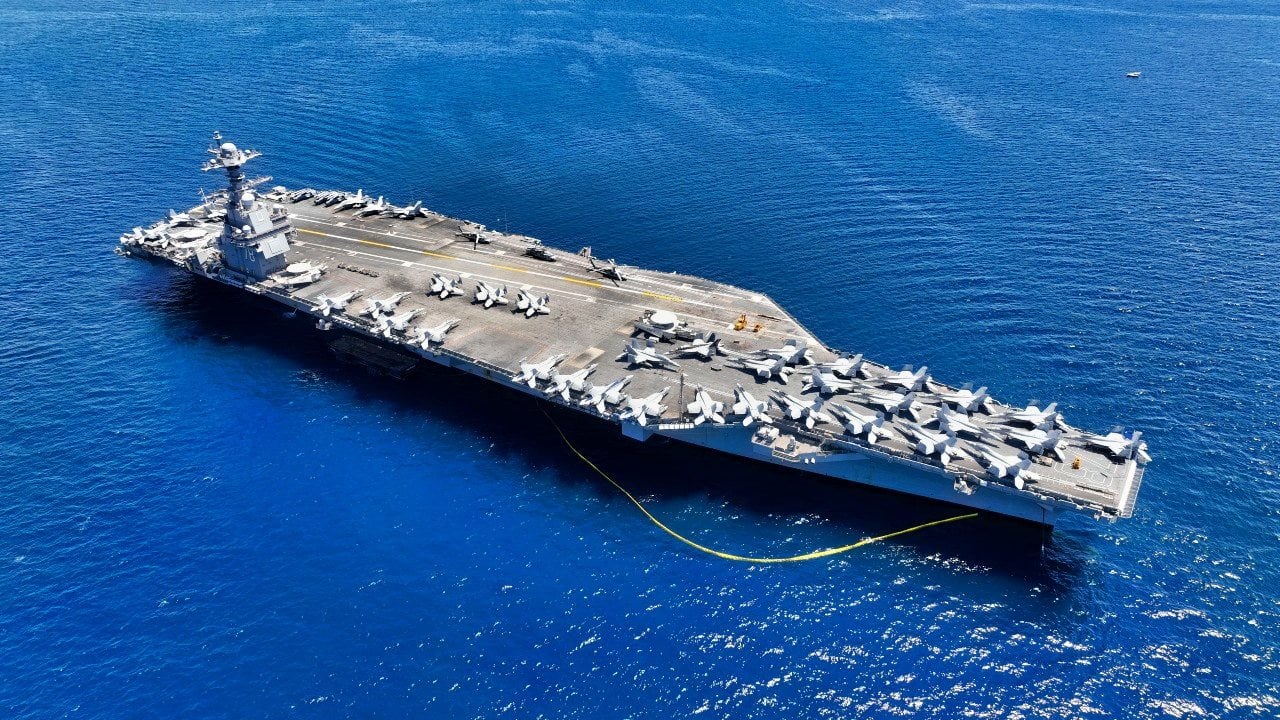
Conclusion
In the end, the USS Enterprise fire in 1969 was a tragic even that claimed many lives and caused massive damage to one of America’s most iconic warships.
The experience, however, served as a crucial learning experience for the US Navy.
This encounter led to important improvements in safety and emergency response measures that have helped prevent similar disasters in the future.
So, there’s a silver lining in everything!
About the Author
Brandon J. Weichert, a National Interest national security analyst, is a former Congressional staffer and geopolitical analyst who is a contributor at The Washington Times, the Asia Times, and The-Pipeline. He is the author of Winning Space: How America Remains a Superpower, Biohacked: China’s Race to Control Life, and The Shadow War: Iran’s Quest for Supremacy. His next book, A Disaster of Our Own Making: How the West Lost Ukraine, is due October 22 from Encounter Books. Weichert can be followed via Twitter @WeTheBrandon.
All images are Creative Commons.
From The Vault
